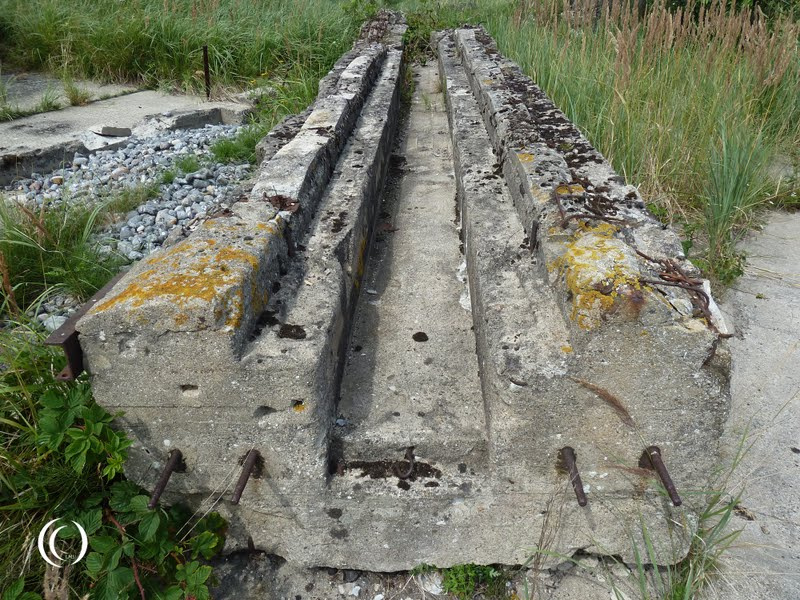
In June 1942, Hitler personally decided that both the V1 and V2 projects were of equal importance and each needed to be given the highest priority. With the defeat of the Luftwaffe in the Battle of Britain and a growing number of German cities bombarded by the Allied forces, causing thousands of civilian casualties, the need for “Vergeltungswaffen” or “Wunderwaffen” to feed the moral of the people was high.
On Heeresversuchsanstalt Peenemünde on the north tip of the island Usedom, testing of an unmanned V1 (“Fieseler Fi 103” or “FZG 76”) was started using a new type of engine, the “Pulso Jet” torque tube, created by Paul Schmidt, which earned this name by it’s distinguished pulsating sound. The result would be a self-guided, unmanned, flying bomb, which was quick and simple to build, cheap to manufacture and would fly faster than the enemy fighter planes to prevent it from being intercepted and increase its striking range. The FZG 76 carried 850 kg of high explosive, giving it a larger impact than it’s ambitious younger brother, the A4 (V2) rocket, which was still in an early development stage.
Due to it’s origin, the V1 was designed as an artillery weapon for use in the field, which led to considerable difficulties in the development and use. The flying bomb had to be aimed in the right direction combined with a catapult to set the Pulso engines off at a high starting speed (110 m/s), increasing its range. Testing was done with various types of catapults ranging from concrete to the later steel type constructions (length approximately 42 metres). The V1 prototype had to be modified 150 times before it was ready to manufacture it in series-production in early 1944. An estimated total of 32.000 FZG 76’s were built.
Near the end of 1943, a lot of V1 catapult installations were already built along the English Channel targeting England. The installations along the coast didn’t go unnoticed. But by the time it was clear that Germany was getting ready to use its secret weapon against Britain, there was no way to stop it.
On Tuesday, June 13, 1944, the first V1 Flying Bombs were launched against England. More than 9.000 would follow in the year to come.
The V1 Katapult test stands today
In Peenemünde the V1 or FZG 76 in combination with the Katapult installations were developed and tested. The area was situated at the north tip of the Usedom island (Peenemünde West) so it could test fire into the Baltic Sea. When we studied the aerial maps we could clearly see the test stand ramps.
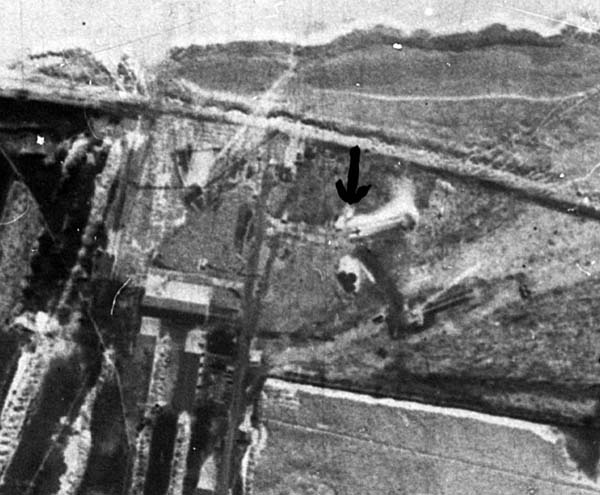
Photo courtesy of www.zenza.se/vw.
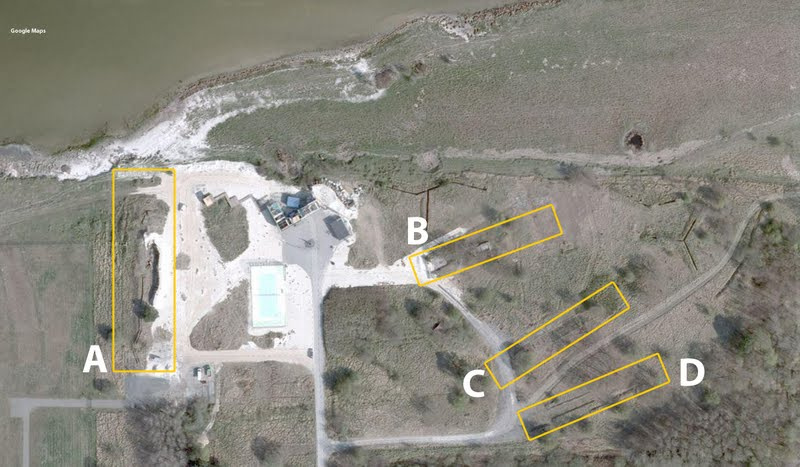
There are four catapults sites on the test stand, although the structures themselves, except for the concrete one of which parts can be studied, are gone:
- A – Concrete ramp (42 metres long)
- B – Dirtramp (Erdrampe)
- C – Former modular steel ramp nr.1
- D – Former modular steel ramp nr.2
In Museum Kraftwerk Peenemünde there is a steel V1 Walter split-tube catapult on display, like the ones that stood on the sites of C and D. Although this katapult was found in Pas-de-Calais and later altered so it’s not original anymore, it gives a great impression of the installation.
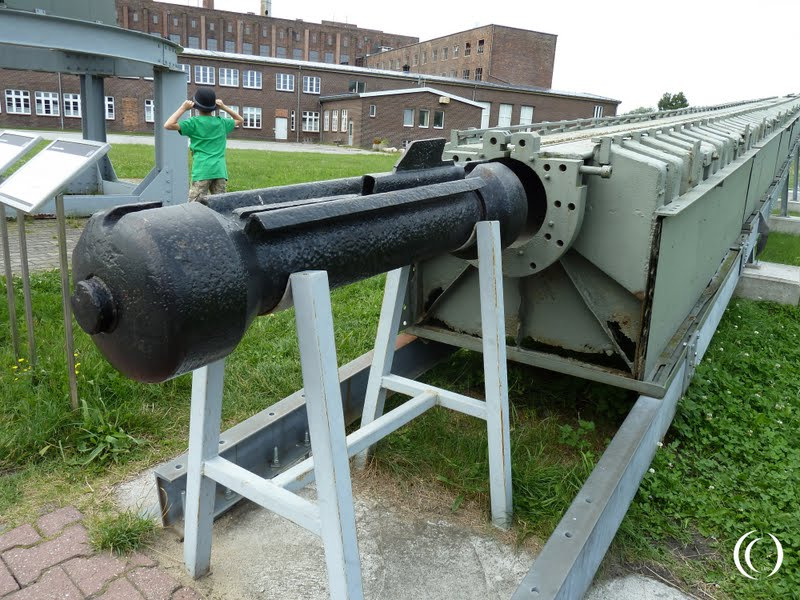
The easy way
To reach the V1 Katapult site you can follow the same route as we explained in an earlier post towards Prüfstand VII. If you follow the old main road just keep on walking north until you reach P7. Find the path that leads East around the ellipse slope of the P7 test stand (before you enter it) and follow the path around the tip to Peenemünde West. The path will guide you directly to launch sites C and D. The other sites will be easy to spot once you are here.
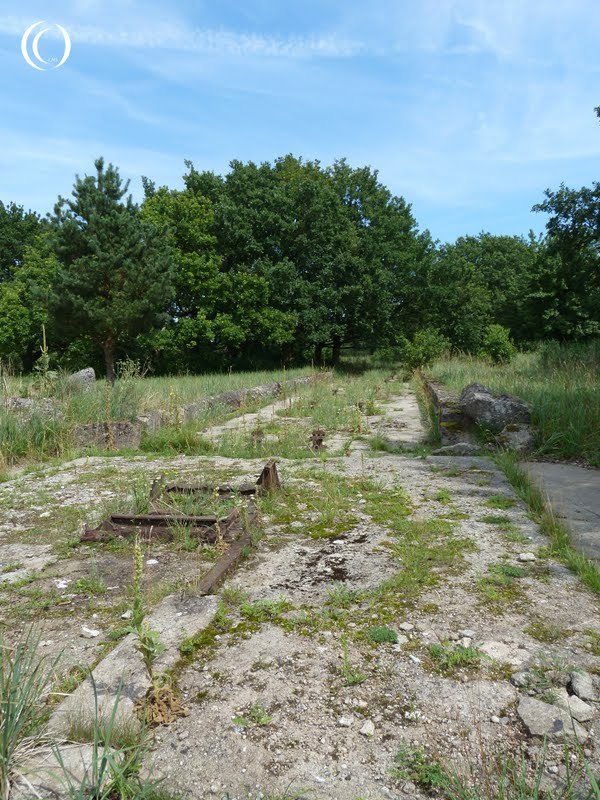
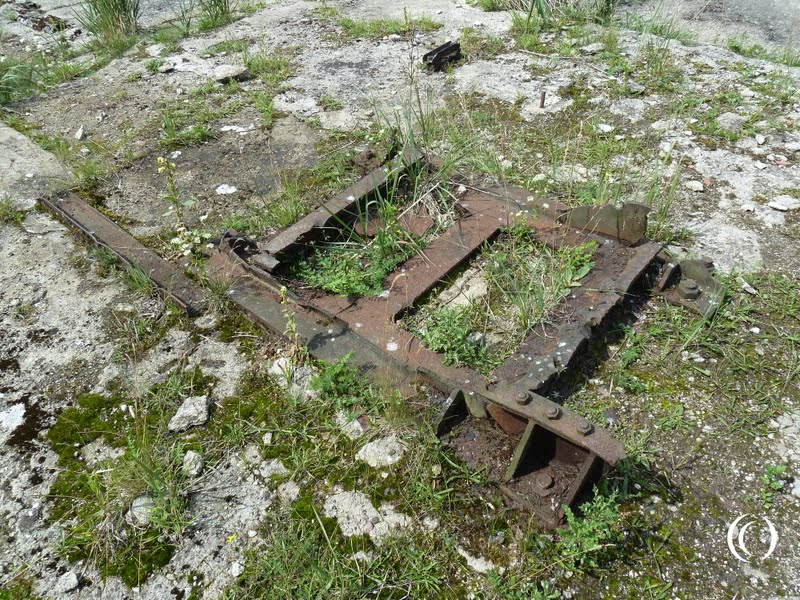
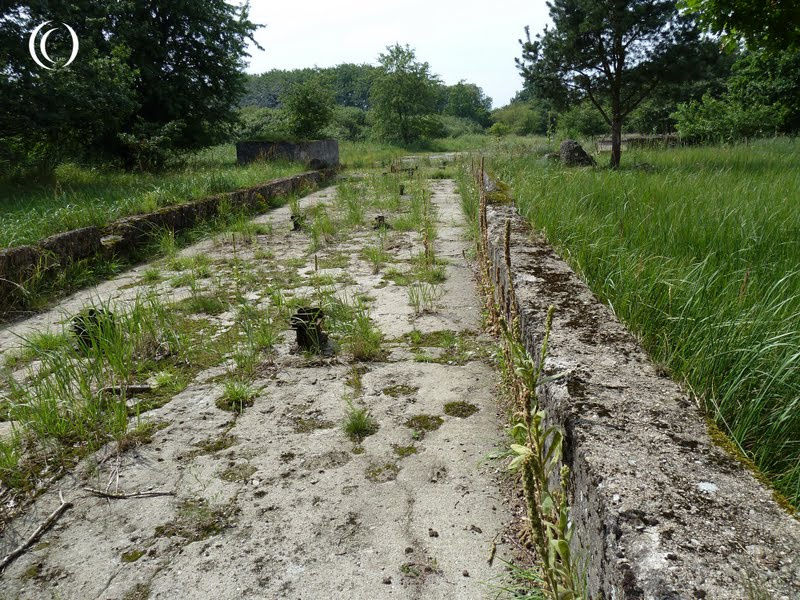
The hard way
Somehow, me and Pat always end up losing track of the path (oh, look there! And there..! And..!) and suddenly it’s gone. Mix this scenario with the fact that at this end of the island there’s no 3G connection available, the fact that we didn’t bring a decent map or a GPS device, a simple compass, or water, or some mosquito repellent. Well, then you have the average LandmarkScout situation that always seems to have to occur at least once on every trip. “Pack light, we’ll be back in an hour”.
Instead of following the path to the East, we took the path to the West. And if you do that, you end up here: 54.166785,13.792342 (paste coordinates into your Google Maps browser). But we didn’t feel like walking back. It meant hiking through mosquito infested marshland and trying to find a hole through the wired fence when we reached the site. Trust me, you’ll like the easy way better.
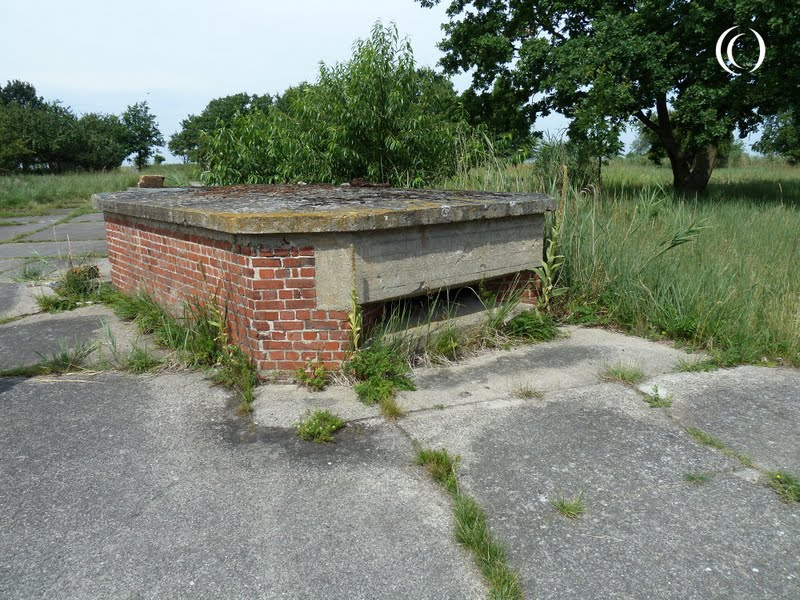
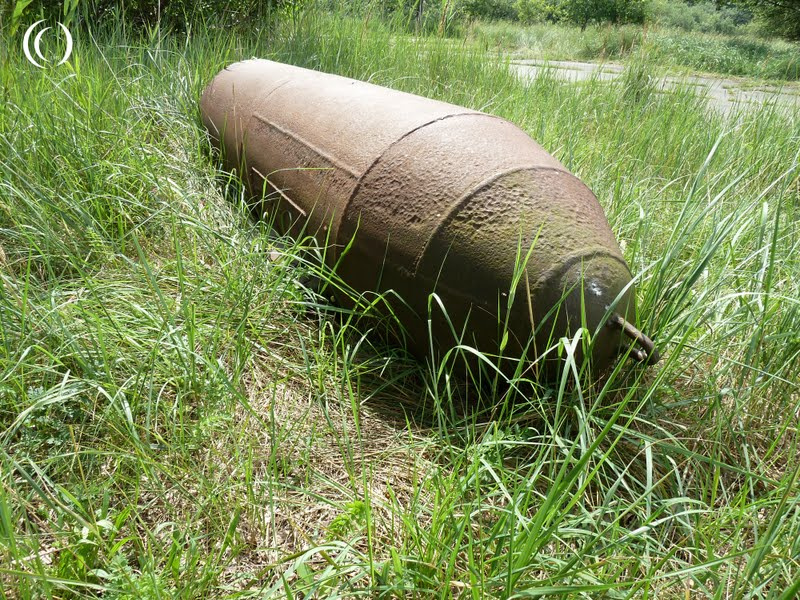
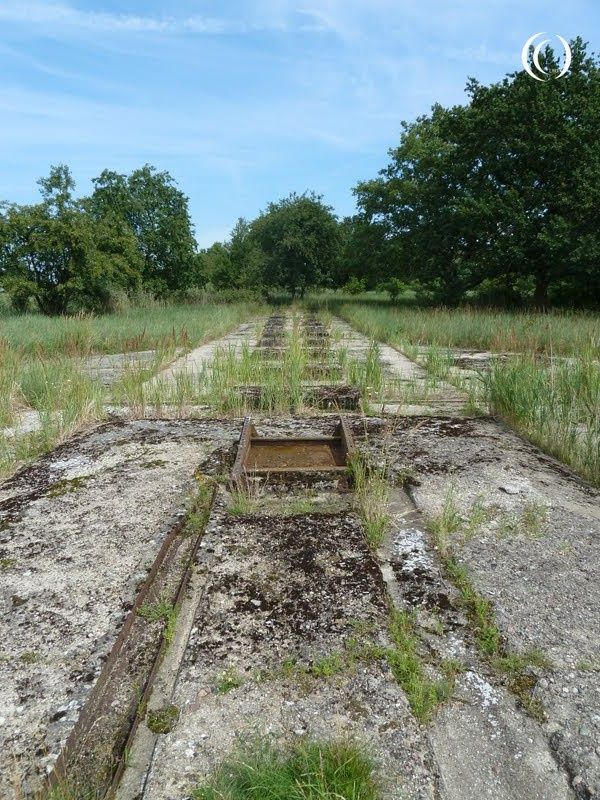
Insel Usedom, Germany
The reward
We forgot the whole thing as soon as we set foot on the test stand. The site gives you a great view over the Baltic Sea and the insel (island) Rugen and you can understand why they picked this area to test the V1. Of course the katapults (Eng. catapults) are demolished and gone but the sites are still intact enough to give you a fair idea of what they looked like. Very refreshing after witnessing the totally destroyed Prüfstand VII V2 site.
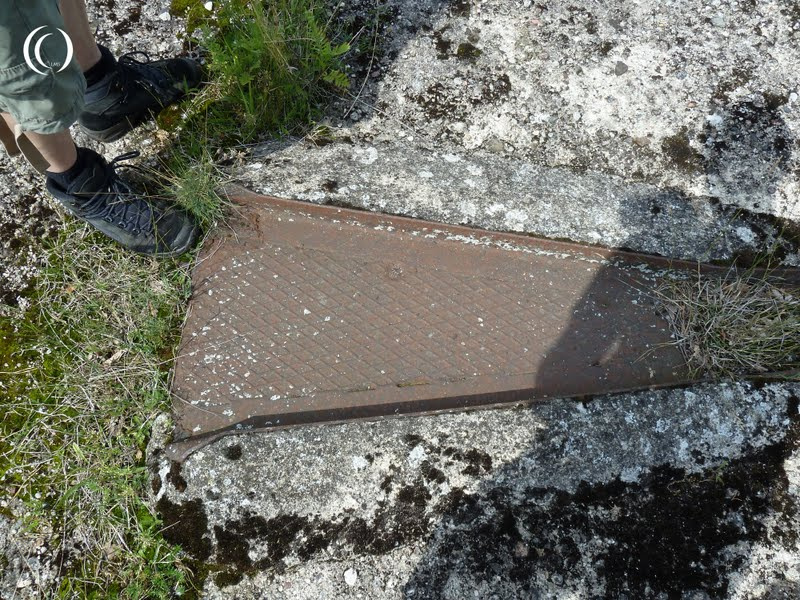
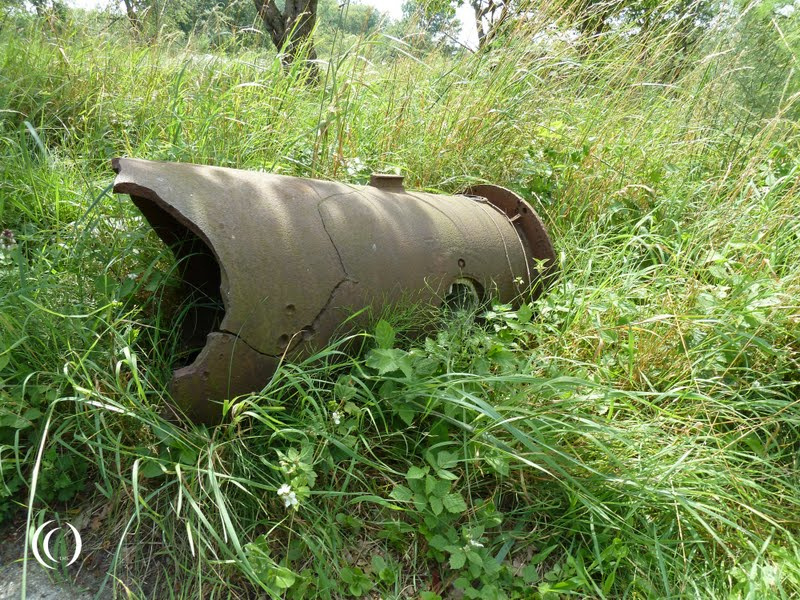
Peenemünde West, Insel Usedom, Germany
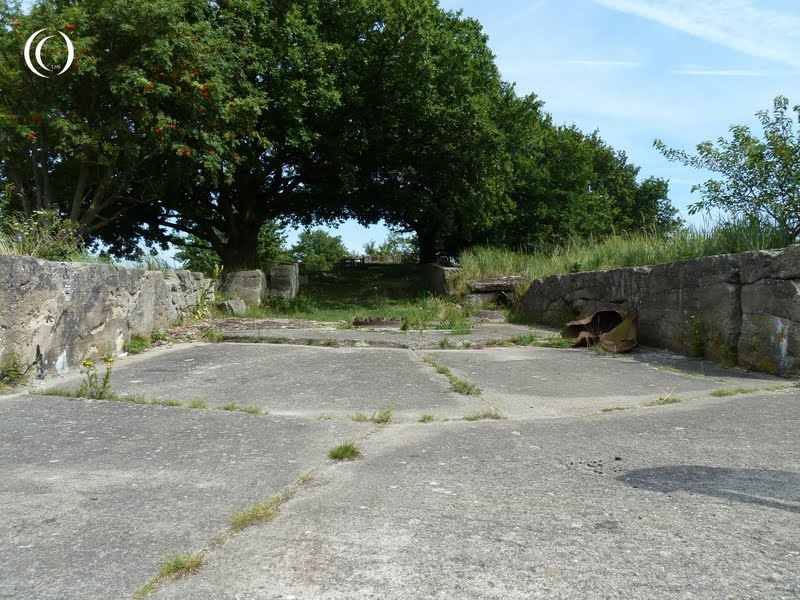
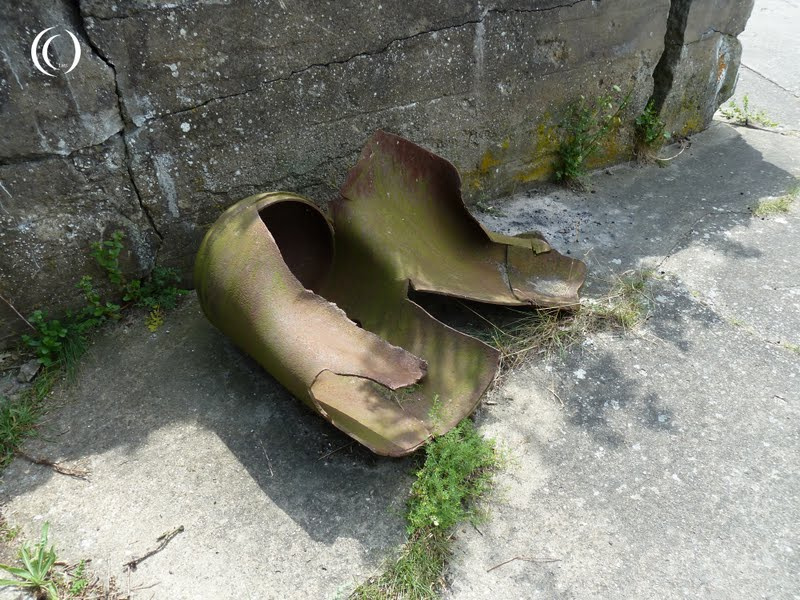
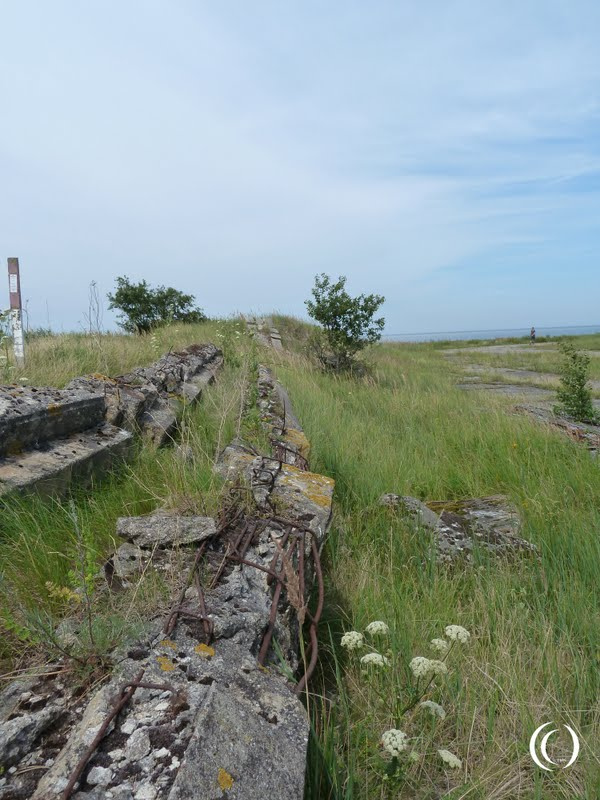
Peenemünde West, Insel Usedom, Germany
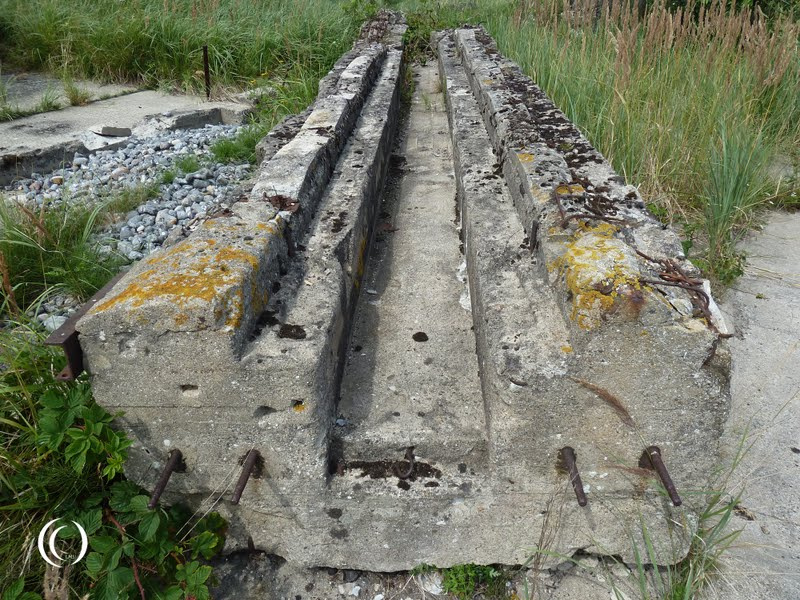
Peenemünde West, Insel Usedom, Germany
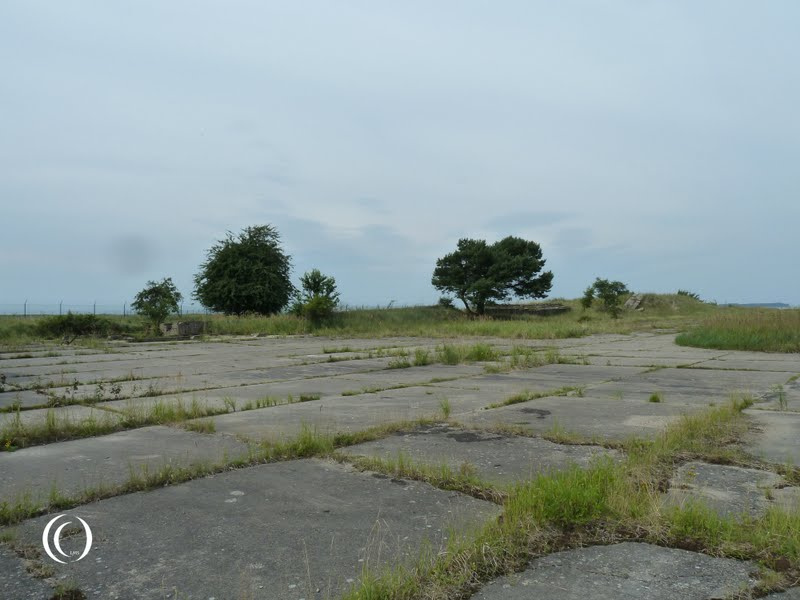
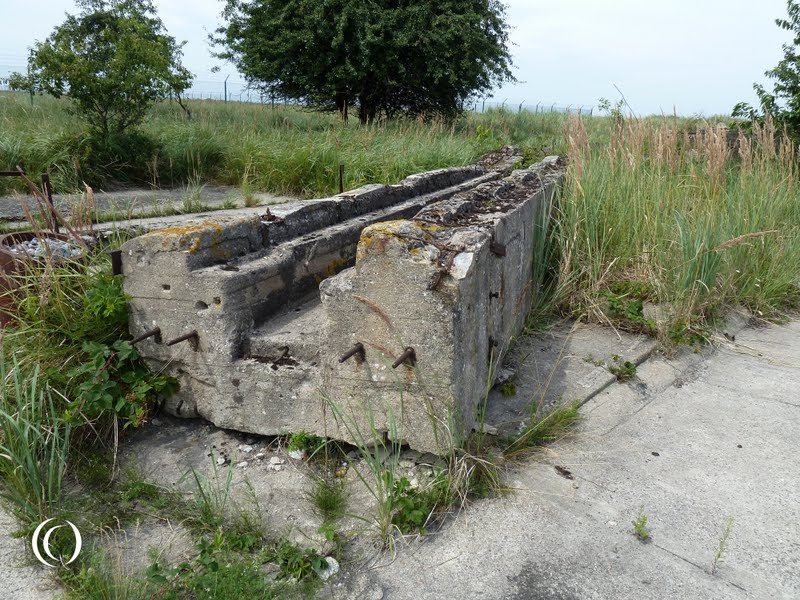
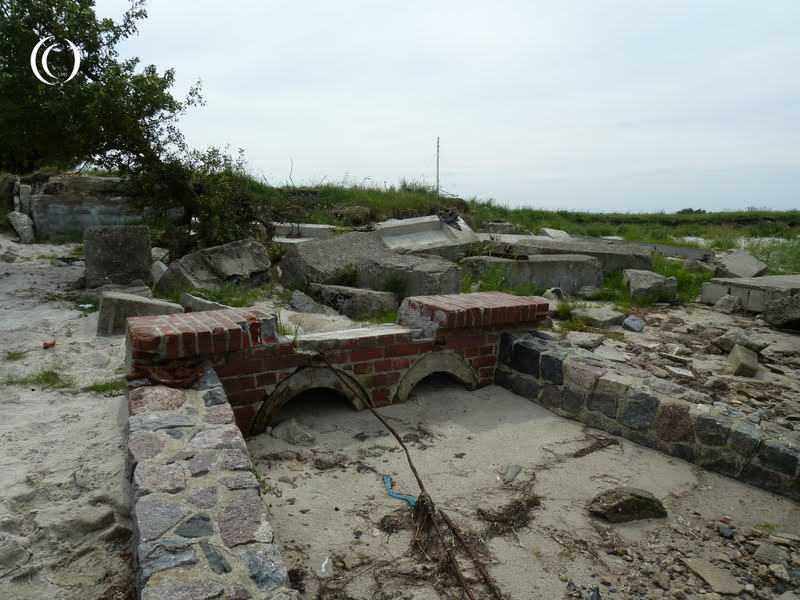
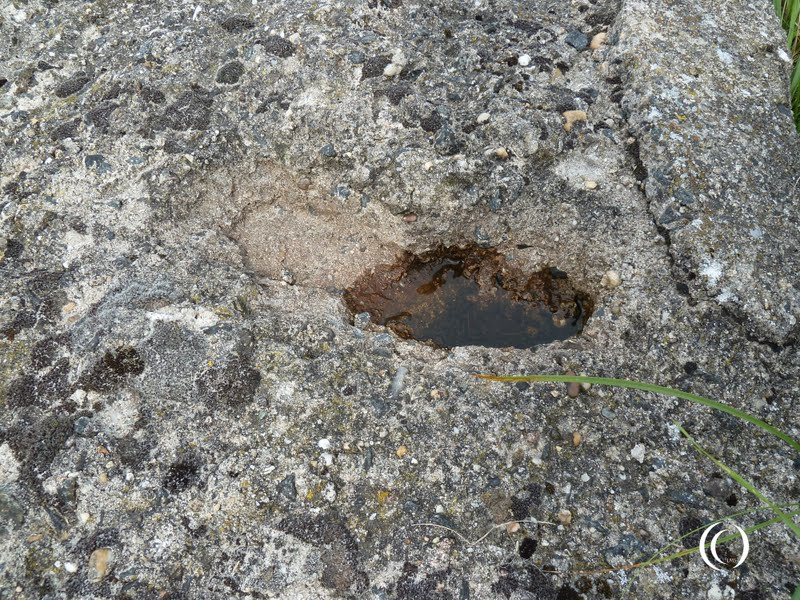
Location
There is some trouble with setting our blog location tool to the right coordinates. So I’ll just add them here: 54.172720, 13.785109 (just copy and paste them in your map browser).
Related Posts
Prüfstand VII, Peenemünde, Mecklenburg – Vorpommern, Germany
Hi,
Between your site A and site B there was another launching ramp. It was closer to A than B and at the north end of A. It was a metal ramp that could be swivelled on a metal track, so the direction of fire could be altered. I you look on some WWII arial photos could can see the track and maybe the ramp. I have only seen one photo of it in operation, and apparently it did not work very well and was rapidly abandoned.
I have some photos of the metal swivel track which runs along the edge of the grass in an arc. I could not find any remains of the actual swivel point but it may have been buried.
Great post by the way.
cheers
Ross
Hi Ross,
You are right. We found that track too and photographed it. It is near site A on the side of the concrete square, but we couldn’t explain what it was used for. Perhaps you would like to share this photo or the location of it? Thank you for sharing this!
Thanks for your post about the Schussplatz.
Correction about the length of the serial catapult, wrongly mentioned since the publication of Richard Anthony Young in 1978: 48 m not 42 m.